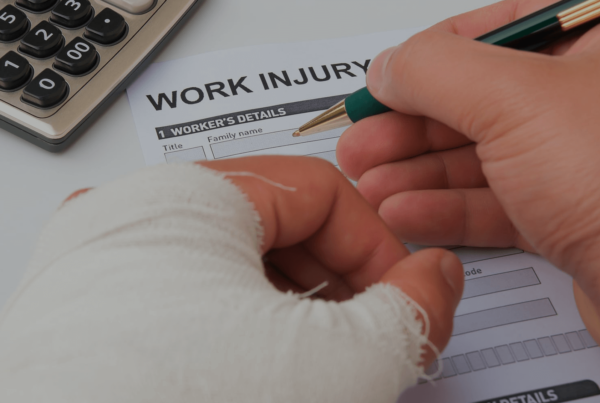As physical therapists, we treat all sorts of aches, pains and injuries, which means we see a lot of adults dealing with issues that might be limiting their activities or sidelining them completely. While our day-to-day consists of getting people back to what they love doing, we’re also passionate about preventing individuals from getting injured in the first place.
1. Exercising without Proper Warmup
Warming up before exercising is vital, especially if you’re coming from outside or exercising in the cold. It’s tempting to skip the warmup and save time, but increasing speed or intensity before your body is warm can lead to injury. Warming up before your work out increases heart rate and circulation, loosens the joint, and increases blood flow to the muscles. It decreases your risk of injury by keeping the muscles warm and loose, preventing acute and overuse injuries.
2. Increasing Intensity Too Much
Whether it be mileage, speed or weight, dramatically increasing intensity can be a surefire road to pain. Just because 30-minutes felt good, doesn’t mean you should jump right into 60-minutes the next session.
3. Working Out If Your Body Isn’t Feeling Great
Listen to your body. If you’re feeling under the weather or didn’t get enough sleep, your body is not going to function the same, and your mind-body connection, which helps with attention and coordination, may also be off. If you feel well enough to exercise, but not 100%, do something that’s not overly strenuous, like walking or yoga. It’s not safe to try and get a personal record when you’re not feeling your best.
4. Not Getting Active Outside of Work
Even if you have an active job where you’re on your feet, chances are you’re missing smaller muscle groups and lacking moderate-to-high intensity aerobic activity, which is the best way to increase your heart health, according to the American Heart Association.
5. Wearing Improper Footwear or Old Shoes
We all need support every now and then! Wearing old or improper shoes means you’re not getting the support your feet, legs and back need. Different shoes work best for different activities, we recommends shoes that absorb the impact of your step and cushion your feet from heavy landings for most workouts. Remember: shoes have mileage and use limitations. Don’t wear old, worn shoes to the gym; wear comfortable supportive shoes that work best for your foot type.
6. Working Out Too Soon After Injury
If you’re recovering from an injury, you need to take it slow and gradually resume activity. Just because the pain is gone, doesn’t meant the injury is fully healed. Jumping right back into your full level of activity can re-aggravate pain and re-injure something that may well have been just a few days away from fully healing. The best way to know if you’re ready for physical activity is to consult a physical therapist.
7. Workout Properly With Shoulder Injuries
Too many of us have shoulder injuries and conditions that impact how we workout. Rotator Cuff injuries and Labral injuries are the most common upper extremity injuries that one can encounter in their lifespan. Oftentimes people do not fully understand these injuries and how to exercise to avoid further problems. Most people do not specifically train the four small rotator cuff muscles that stabilize the shoulder joint. People tend to focus on larger muscles such as the deltoids and pectorals. Performing incline and decline bench press exercise puts the rotator cuff complex at risk for injury. Contact your physical therapist to assess and educate yourself about training your rotator cuff muscles.
8. Some Exercises To Avoid With Common Knee Injuries
Common knee injuries include meniscus tears, patella-femoral syndrome and degenerative joint disease to name a few. The phrase “no pain, no gain” is not a good idea with these conditions. Avoiding painful activity and movements will limit your inflammation and pain. Typical exercises causing pain include deep squats, deep lunges, knee extension with too much weight and high impact jumping activities.




